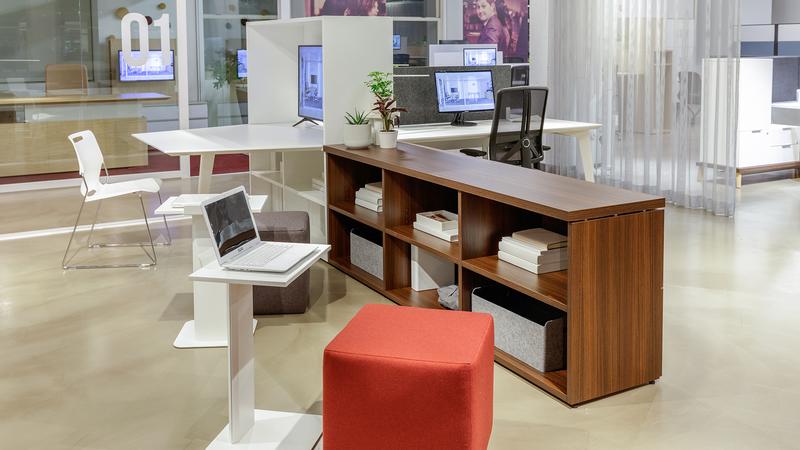When you picture an architect, do you imagine someone in a black turtleneck, sketching grand buildings with a single swoop of a pen? And when you think of an interior designer, is it someone fussing over cushions and colour swatches? These stereotypes are everywhere, but they miss the real magic that happens when architects and interior designers work together in an office interior design, especially on modern office interior design projects. Let’s break down the myths, explore the benefits of partnership, and see why thoughtful office furniture design and Canadian made furniture are game-changers for everyone involved.
Architects vs. Interior Designers
Let’s start with the clichés. Architects are often seen as the “serious” professionals, focused on structure, codes, and the big picture. They’re the ones who make sure the building stands up, meets regulations, and impresses from the outside. Interior designers, meanwhile, are sometimes unfairly pegged as the “decorators,” obsessed with fabrics, lamps, and making things pretty. The idea is that architects do the “real” work, while interior designers just add the finishing touches.
But here’s the truth: these stereotypes are outdated and, frankly, unhelpful. Architects and interior designers both bring essential expertise to modern office interior design. Architects handle the structural framework, safety, and spatial planning, while interior designers ensure that every square foot is functional, beautiful, and tailored to the people who use it. Both professions are creative, technical, and deeply invested in client satisfaction. When they work in silos, costly mistakes and change orders are almost inevitable. When they collaborate, the results can be extraordinary.
Mutual Respect and Shared Vision
In reality, the relationship between architects and interior designers is built on mutual respect and a shared vision. Architects appreciate that interior designers understand how people move through and use a space. Interior designers value the technical knowledge and problem-solving skills that architects bring to the table. Both are committed to creating environments that work, from the bones of the building to the last piece of Canadian made furniture.
Effective collaboration starts early. Interior designers are brought in during the initial planning stages, not just at the end. This ensures that office layout ideas, lighting, and material choices are integrated from the start. Architects and interior designers meet regularly, share drawings, and review plans together. This partnership means that the office interior design is aligned with the building’s structure, reducing the risk of costly errors and last-minute changes.
Interior Design Documentation for Architects: The Secret Weapon
One of the biggest ways interior designers help architects avoid costly construction errors is through detailed interior design documentation for architects. Think of this as the ultimate roadmap: floor plans, elevations, material schedules, furniture layouts, and 3D renderings that leave nothing to chance. This documentation is more than just paperwork, it’s a communication tool that ensures everyone is on the same page.
When architects have access to comprehensive interior design documentation for architects, they can coordinate structural elements, mechanical systems, and finishes with confidence. There’s no guessing about where a wall should go or how a piece of modular office furniture will fit. This level of detail helps avoid change orders, keeps projects on schedule, and saves money for everyone involved. It’s all about clarity, precision, and forward planning.
Avoid Change Orders: The Cost-Saving Power of Collaboration
Change orders are the bane of any construction project. They happen when something in the design isn’t clear, doesn’t fit, or needs to be changed after construction has started. Every change order means extra time, extra money, and extra headaches. But when architects and interior designers collaborate closely, they can anticipate issues before they arise using detailed interior design documentation for architects.
Modern office interior design projects benefit enormously from this approach. For example, if an interior designer specifies Canadian made furniture with precise dimensions, the architect can ensure that electrical outlets, lighting, and HVAC systems are perfectly placed. If a wall needs to be moved to accommodate office layout ideas, it’s caught in the planning phase, not during construction. This proactive teamwork helps avoid change orders, keeps budgets on track, and delivers a smoother experience for clients and contractors alike.
The Benefits of Integrated Modern Office Interior Design
When architects and interior designers work together, the benefits go far beyond avoiding costly mistakes. The result is a holistic, user-centric space where every detail is considered. Office furniture design is seamlessly integrated with the building’s architecture, creating a cohesive look and feel. Modular office furniture can be planned for flexibility, future growth, and easy reconfiguration.
Canadian made furniture takes these benefits even further. Known for its quality, durability, and ergonomic excellence, Canadian made furniture supports modern office interior design that’s sustainable and built to last. Interior designers who specify Canadian made furniture ensure that every piece fits perfectly within the space, supports employee wellness, and reflects the client’s brand values. Architects appreciate the reliability and transparency that comes with local sourcing, making project management simpler and more predictable.
How Canadian Made Furniture Elevates Office Furniture Design
Let’s talk about why Canadian made furniture is the secret weapon for modern office interior design. First, it’s built for Canadian workplaces. Think robust construction, ergonomic features, and timeless style. Office furniture design from Canadian makers is customizable, so interior designers can create office layout ideas that are unique and tailored to each project.
Modular office furniture from Canadian brands is designed for flexibility. It can be reconfigured as teams grow, technology changes, or new needs arise. This adaptability is a huge advantage for architects, who can plan spaces that evolve over time without costly renovations. Plus, Canadian made furniture supports local economies, reduces shipping delays, and comes with reliable service and support.
When interior designers and architects work together to specify Canadian made furniture, the result is a workspace that’s comfortable, sustainable, and future-ready. Employees benefit from ergonomic office furniture design, while clients enjoy a space that looks great and functions flawlessly.
Key Takeaways
- Stereotypes about architects and interior designers are outdated; both bring essential expertise to modern office interior design.
- Collaboration and mutual respect lead to better outcomes, fewer errors, and more innovative office layout ideas.
- Detailed interior design documentation for architects is crucial for avoiding costly change orders and construction mistakes.
- Integrated planning ensures that office furniture design and modular office furniture fit perfectly within the architectural framework.
- Canadian made furniture offers unmatched quality, flexibility, and sustainability, elevating both office interior design and office furniture design.
- Close collaboration between architects and interior designers streamlines projects, saves money, and creates workspaces that inspire.
Architects and Interior Designers: The Lasting Value of Collaboration
Forget the stereotypes. In today’s world of modern office interior design, the best results come from architects and interior designers working together from day one. With detailed interior design documentation for architects, a shared commitment to avoid change orders, and a focus on Canadian made furniture, every project becomes a showcase of creativity, efficiency, and lasting value. This is how great spaces and great partnerships are built.
Frequently Asked Questions (FAQ):
How does interior design documentation for architects help avoid construction errors?
Comprehensive documentation provides clear instructions, precise measurements, and visual references, ensuring that architects and contractors know exactly how the space should be built and furnished. This clarity helps avoid costly mistakes and change orders.
Why is Canadian made furniture ideal for modern office interior design?
Canadian made furniture combines craftsmanship, durability, and ergonomic excellence. It supports flexible office layout ideas, integrates seamlessly with architectural plans, and reflects a commitment to quality and sustainability.
What’s the biggest benefit of architects and interior designers working together?
The biggest benefit is synergy: when both professions collaborate, they create spaces that are functional, beautiful, and error-free. This partnership leads to more efficient projects, fewer surprises, and happier clients.

